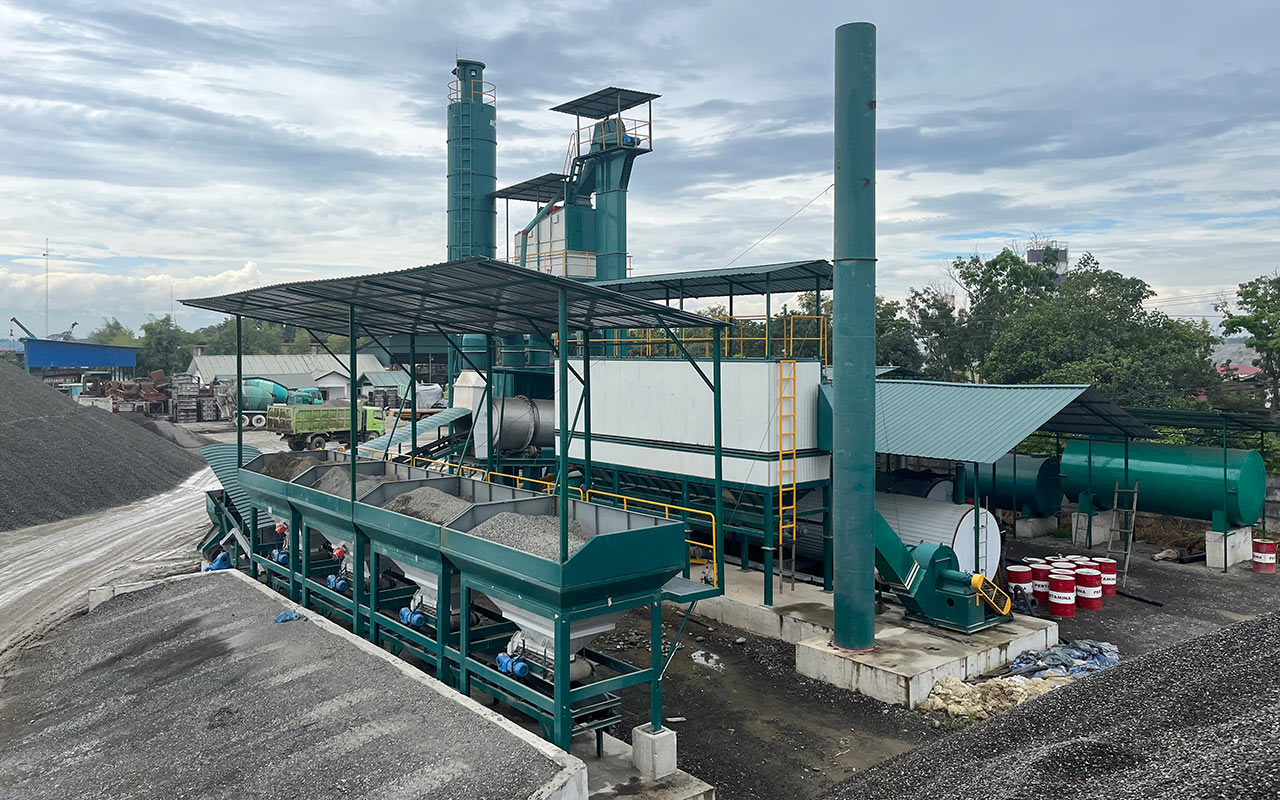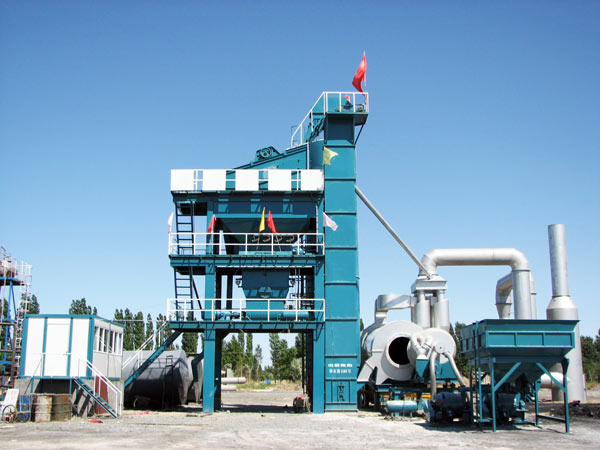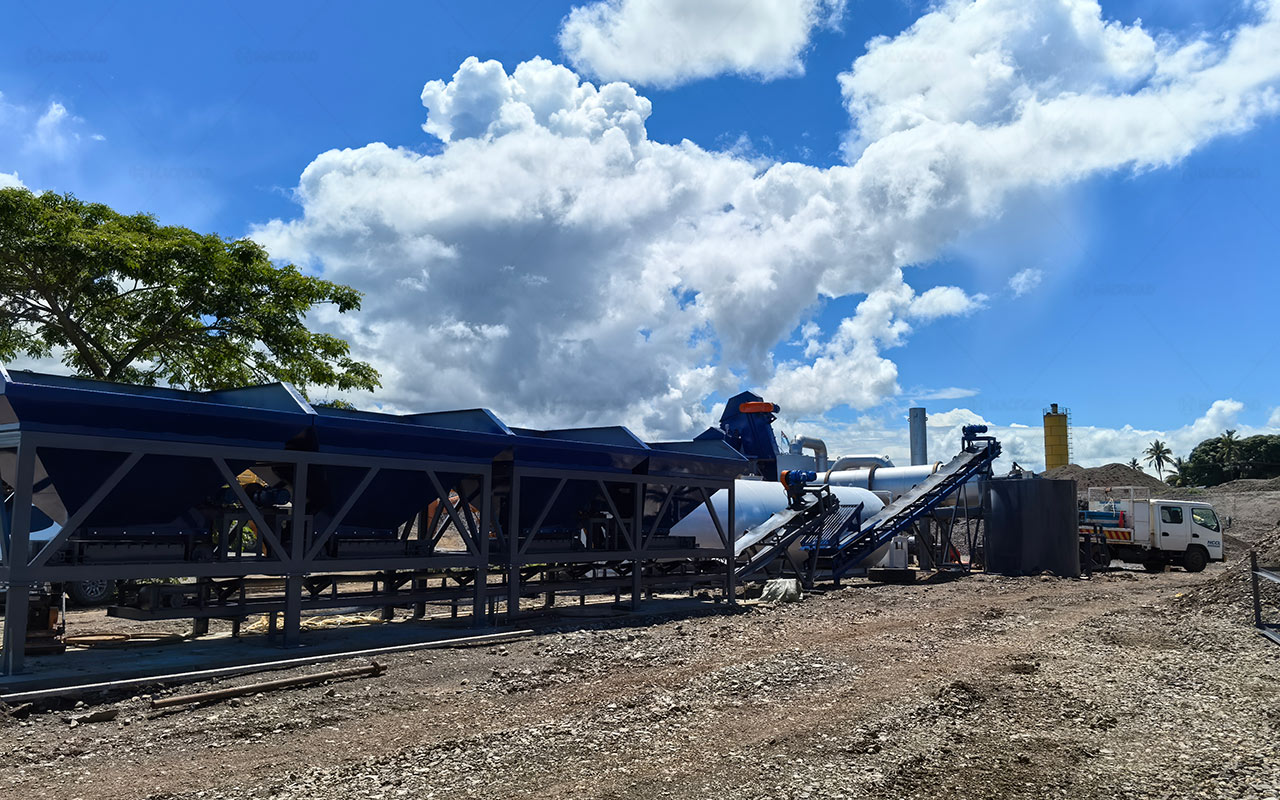In asphalt mixing plants, the choice between hydraulic and electric drive systems significantly impacts power stability and energy efficiency. Each system has its unique advantages and disadvantages that can influence operational performance and cost-effectiveness. This article explores these factors to help operators make informed decisions based on their specific needs.

Power Stability: Hydraulic vs. Electric
One of the primary considerations when choosing between hydraulic and electric drive systems is power stability. Hydraulic systems are known for their robustness and ability to deliver consistent power output, even under varying load conditions. This makes them particularly advantageous in heavy-duty applications, such as in stationary asphalt plants where large mixers require stable torque for efficient operation. Hydraulic drives can handle sudden changes in load without significant fluctuations in performance, ensuring that the mixing process remains smooth and efficient.
On the other hand, electric drive systems are typically more sensitive to load variations. While they offer precise control and quick response times, significant fluctuations in power demand can lead to instability. In mobile asphalt plants, where conditions may change rapidly, this sensitivity might result in challenges during operation. However, modern electric systems are increasingly equipped with advanced control technologies that can mitigate these issues, providing better stability than older models.

Energy Efficiency Considerations
Energy efficiency is another critical factor in evaluating drive systems for asphalt mixing plants. Electric drive systems generally excel in this area, as they convert a higher percentage of energy into usable power. This efficiency can lead to lower operational costs and reduced environmental impact. For instance, electric systems often require less maintenance and have longer lifespans, further enhancing their cost-effectiveness over time.
Conversely, hydraulic systems tend to be less energy-efficient due to inherent energy losses during fluid transfer. The need for hydraulic fluid circulation can result in higher energy consumption, especially in large stationary plants that operate continuously. While hydraulic systems can deliver high power for demanding applications, this often comes at the cost of increased energy usage, which may not be sustainable in the long run.

Operational Flexibility and Maintenance
When considering operational flexibility, electric drive systems often provide greater versatility. They can be easily integrated with automation and control systems, allowing for enhanced monitoring and adjustment during the mixing process. This adaptability is particularly beneficial in mobile asphalt mixing plants for sale that require precise control over production parameters, especially in strong mix applications.
On the maintenance front, electric systems generally require less upkeep compared to hydraulic systems. Hydraulic components can be prone to leaks and require regular checks to ensure fluid levels and performance remain optimal. This maintenance demand can lead to increased downtime if not managed properly. In contrast, electric drives, with fewer moving parts, tend to offer lower maintenance requirements and less frequent downtime, promoting smoother operations.
Conclusion
In conclusion, both hydraulic and electric drive systems have their advantages and disadvantages concerning power stability and energy efficiency in asphalt mixing plants. Hydraulic systems provide robust power stability, particularly in heavy-duty applications, but may fall short in energy efficiency. Electric drive systems, on the other hand, excel in energy conversion and operational flexibility, making them an attractive option for many modern asphalt plants.
Ultimately, the choice between hydraulic and electric drives should be guided by the specific operational requirements, cost considerations, and long-term sustainability goals of the asphalt mixing plant. By carefully evaluating these factors, operators can make informed decisions that enhance productivity while minimizing costs and environmental impact.